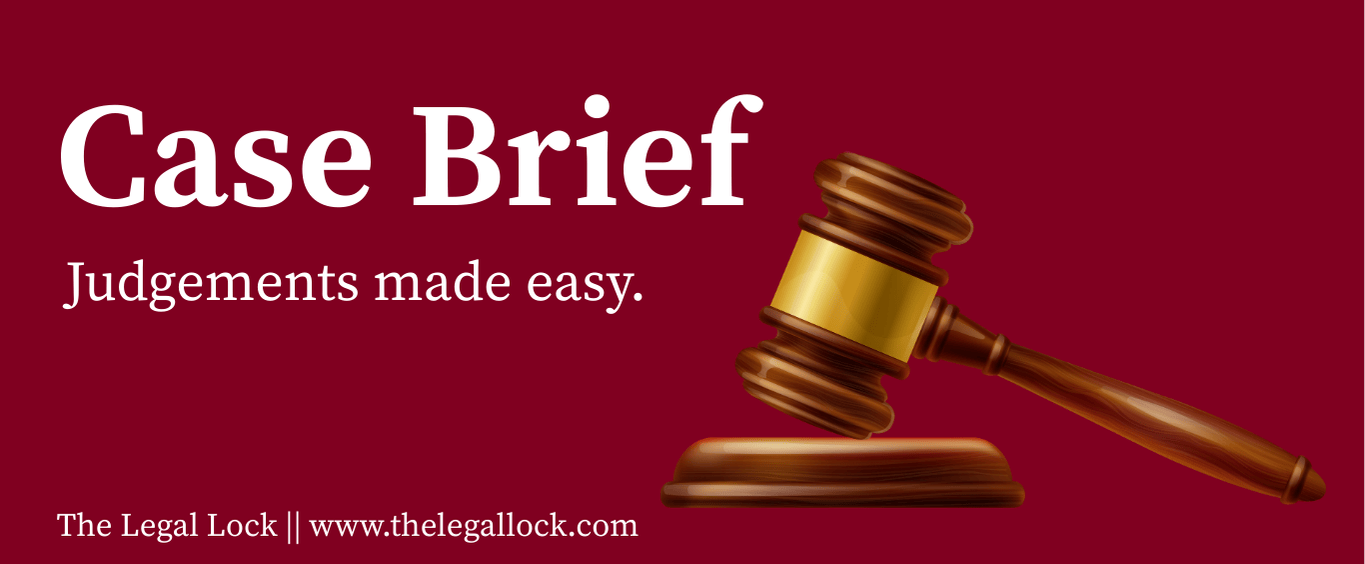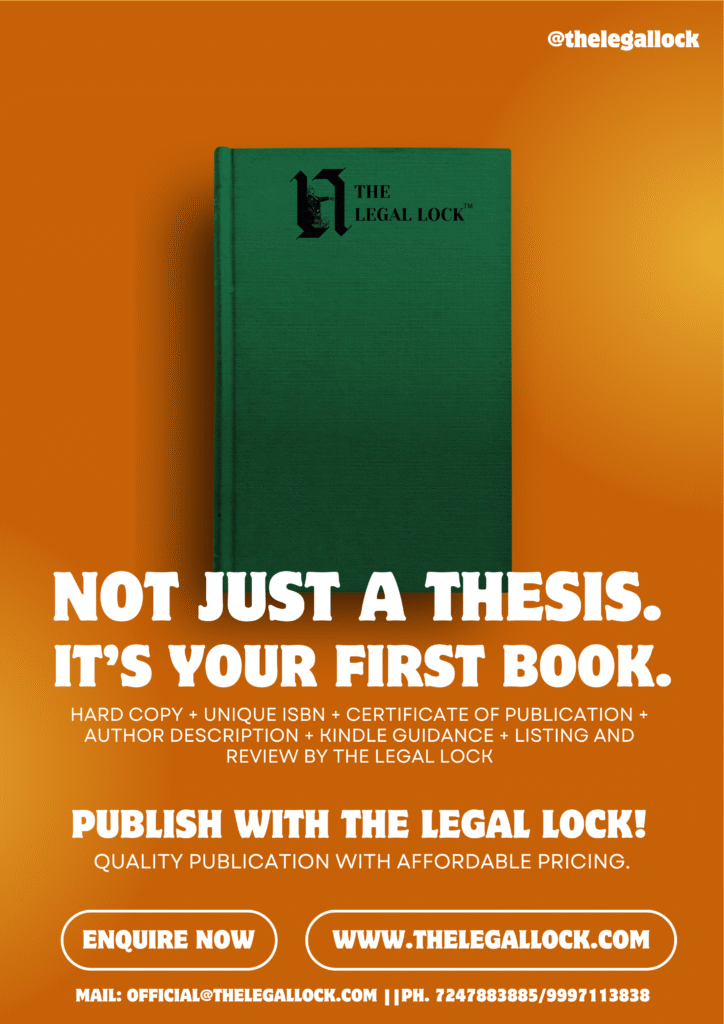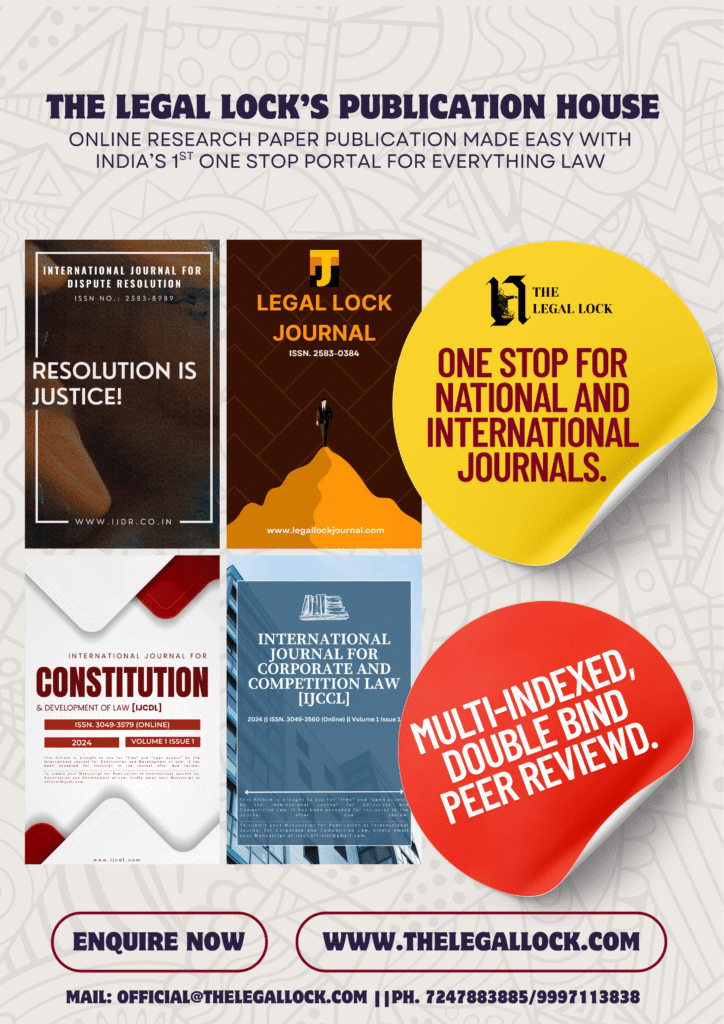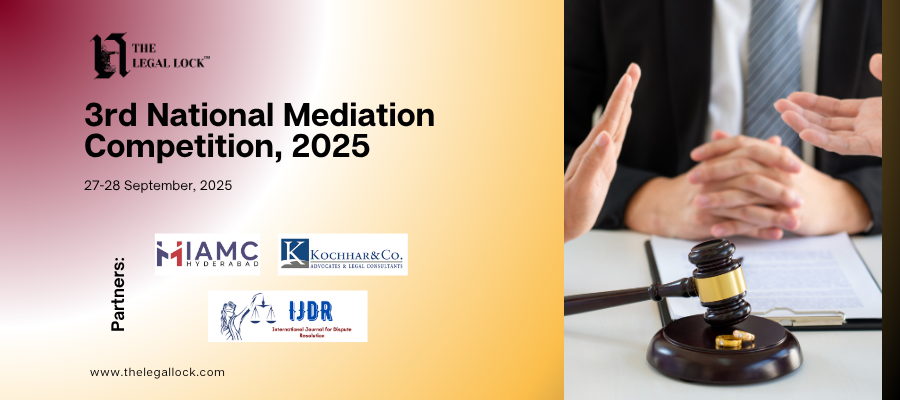CASE BRIEF: BROOKE BOND INDIA LIMITED VS BALAJI TEA (INDIA) PVT. LTD.

| CASE NAME | Brooke Bond India Limited vs Balaji Tea (India) Pvt. Ltd. |
| CITATION | (1993)2MLJ132 |
| COURT | High Court of Madras |
| Bench | P.S. Mishra, J. |
| Date of Decision | 25 November, 1992 |
INTRODUCTION
Brooke Bond India Limited v. Balaji Tea (India) Pvt. Ltd. is a landmark intellectual property case that delves into critical aspects of jurisdiction, copyright infringement, and the joinder of multiple causes of action. The case revolves around Brooke Bond’s “Super Dust Tea” brand and its allegations of copyright, trademark, and passing off infringement against Balaji Tea Pvt. Ltd. The judgment provides significant insights into the interpretation of the Copyright Act, particularly regarding court jurisdiction and the principles governing intellectual property litigation.
The plaintiff, Brooke Bond India Limited, a well-established tea manufacturer since 1912, had been marketing its “Super Dust Tea” brand since 1968. The dispute emerged when the company discovered that Balaji Tea Pvt. Ltd. had allegedly created a deceptively similar tea packaging design.
FACTS
- Brooke Bond India Limited was established in 1912, with an annual sales turnover of approximately Rs. 400 crores.
- The company had been marketing “Super Dust Tea” since 1968 under four registered trademarks and two additional trademark applications.
- The trademark featured a distinctive design with:
- Green background
- “Super Dust Tea” in white letters
- Floral design in red and pink shades
- A yellow circle was introduced in January 1987
- In early 1987, Brooke Bond noticed Balaji Tea’s packaging in markets around Nagpur and Visakhapatnam.
- Brooke Bond alleged that Balaji Tea’s packaging was deceptively similar, featuring:
- “Super Star” in red and “Tea” in green
- A yellow star similar to Brooke Bond’s yellow circle
- Comparable floral and color scheme designs
- Brooke Bond filed a suit in the Madras High Court seeking:
- Interim injunctions against trademark infringement
- Copyright infringement restraint
- Prevention of passing off goods
- Balaji Tea contested the jurisdiction, arguing that:
- Their business was based in Raipur
- They had not sold products within the Madras High Court’s jurisdiction
- Their sales were primarily in Madhya Pradesh and Orissa
ISSUES
- Whether the Madras High Court had jurisdiction to entertain the suit under Section 62(2) of the Copyright Act.
- Whether the plaintiff could join multiple causes of action (copyright infringement, trademark infringement, and passing off) under Clause 14 of the Letters Patent.
- Whether the plaintiff had established a prima facie case of copyright infringement.
- Whether the balance of convenience favored granting interim relief.
ARGUMENTS FROM BOTH SIDES
Plaintiff’s Arguments:
- Claimed jurisdiction under Section 62(2) of the Copyright Act, citing its main branch office in Madras accounting for 35% of sales turnover.
- Argued that the packaging design constituted a unique artistic work deserving copyright protection.
- Contended that Balaji Tea’s packaging was a deliberate attempt to capitalize on Brooke Bond’s reputation and goodwill.
- It is necessary to combine copyright, trademark, and passing off actions to avoid a multiplicity of litigation.
Defendant’s Arguments:
- Challenged the court’s jurisdiction, stating their business was in Raipur and sales were confined to Madhya Pradesh and Orissa.
- Argued that the color scheme was common in the tea trade.
- Claimed no instance of customer confusion had occurred.
- Asserted that dragging them to Madras would deprive them of a fair trial.
DECISION
The Madras High Court presided over by P.S. Mishra, J., delivered a comprehensive judgment that addressed the key legal challenges in the case. The Court began by affirming the jurisdiction of the Madras High Court under Section 62(2) of the Copyright Act, recognizing Brooke Bond’s significant business presence in Madras as a legitimate basis for filing the suit.
In a nuanced interpretation of Clause 14 of the Letters Patent, the Court allowed the joinder of multiple causes of action, emphasizing the importance of avoiding multiplicity of litigation. The judgment highlighted the judicial discretion in combining copyright, trademark, and passing off claims when they arise from a common set of facts. This approach demonstrated the Court’s commitment to procedural efficiency and substantive justice.
The Court made a significant observation regarding copyright ownership, recognizing the presumption of ownership for corporate publishers under Section 54(b) of the Copyright Act. This interpretation simplified the burden of proof for corporate entities in intellectual property disputes. Moreover, the Court took note of the defendant’s undertaking not to use the allegedly infringing label without prior notification, which provided an additional layer of protection for the plaintiff.
Ultimately, the Court allowed the suit to proceed with all causes of action and disposed of the appeals without imposing costs. This decision balanced the interests of both parties while providing a clear framework for addressing complex intellectual property claims.
In the Madras High Court, several key determinations were made in this case:
- Confirmed the court’s jurisdiction under Section 62(2) of the Copyright Act based on Brooke Bond’s business presence in Madras.
- Allowed the joinder of causes of action under Clause 14 of the Letters Patent to avoid multiplicity of litigation.
- Recognized the presumption of copyright ownership for corporate publishers under Section 54(b) of the Copyright Act.
- Noted the defendant’s undertaking not to use the allegedly infringing label without informing the court.
The Court allowed the suit to proceed with all causes of action and disposed of the appeals without cost.
ANALYSIS
The Brooke Bond India Limited v. Balaji Tea (India) Pvt. Ltd. judgment represents a significant milestone in Indian intellectual property jurisprudence. The Court’s approach demonstrated a sophisticated understanding of the delicate balance between protecting intellectual property rights and preventing unnecessary litigation. By affirming the jurisdiction of the Madras High Court and allowing the joinder of multiple causes of action, the judgment provided clear guidance for future intellectual property disputes.
The decision is particularly noteworthy for its interpretation of corporate entities’ copyright ownership. By recognizing the presumption of ownership under Section 54(b) of the Copyright Act, the Court simplified the evidentiary requirements for corporate plaintiffs. This approach acknowledges the practical realities of modern business while maintaining the fundamental principles of copyright protection.
The judgment also highlighted the importance of judicial discretion in managing complex litigation. The Court’s willingness to consider the broader context of the dispute, rather than getting bogged down in technical procedural arguments, demonstrates a pragmatic approach to intellectual property law. By focusing on the substantive issues of potential infringement and the balance of convenience, the Court provided a model for resolving intricate intellectual property disputes.
Furthermore, the decision serves as a crucial precedent for understanding the scope of protection available for trade dress and distinctive packaging designs. It reinforces the principle that unique visual presentations can be protected under copyright law, even when the underlying content may be common to an industry. This approach provides important guidance for businesses seeking to protect their brand identity and market positioning.
The case ultimately stands as a testament to the Indian judiciary’s nuanced approach to intellectual property protection. It balances the need to protect innovative designs and brand identities with the principles of fair competition and access to the market. By providing clear principles for jurisdictional challenges and the joinder of causes of action, the judgment contributes significantly to the development of intellectual property law in India.
The judgment provides crucial guidance on several intellectual property law aspects:
- Clarified jurisdiction interpretation under the Copyright Act.
- Established a balanced approach to joining multiple causes of action.
- Affirmed the presumption of copyright ownership for corporate publishers.
- Emphasized the importance of procedural rigor in drafting legal plaints.
The decision reinforces the judiciary’s role in protecting intellectual property rights while ensuring fair litigation processes. It demonstrates the courts’ discretion in managing complex IP disputes and balancing the interests of both plaintiffs and defendants.
SIGNIFICANCE
This landmark case offers important precedents for:
- Interpreting jurisdiction in Copyright Suits
- Joining multiple causes of action
- Protecting trademark and copyright interests
- Understanding the nuances of intellectual property litigation in India
The judgment provides a comprehensive framework for future IP litigation, particularly in cases involving complex, multi-faceted intellectual property claims.








